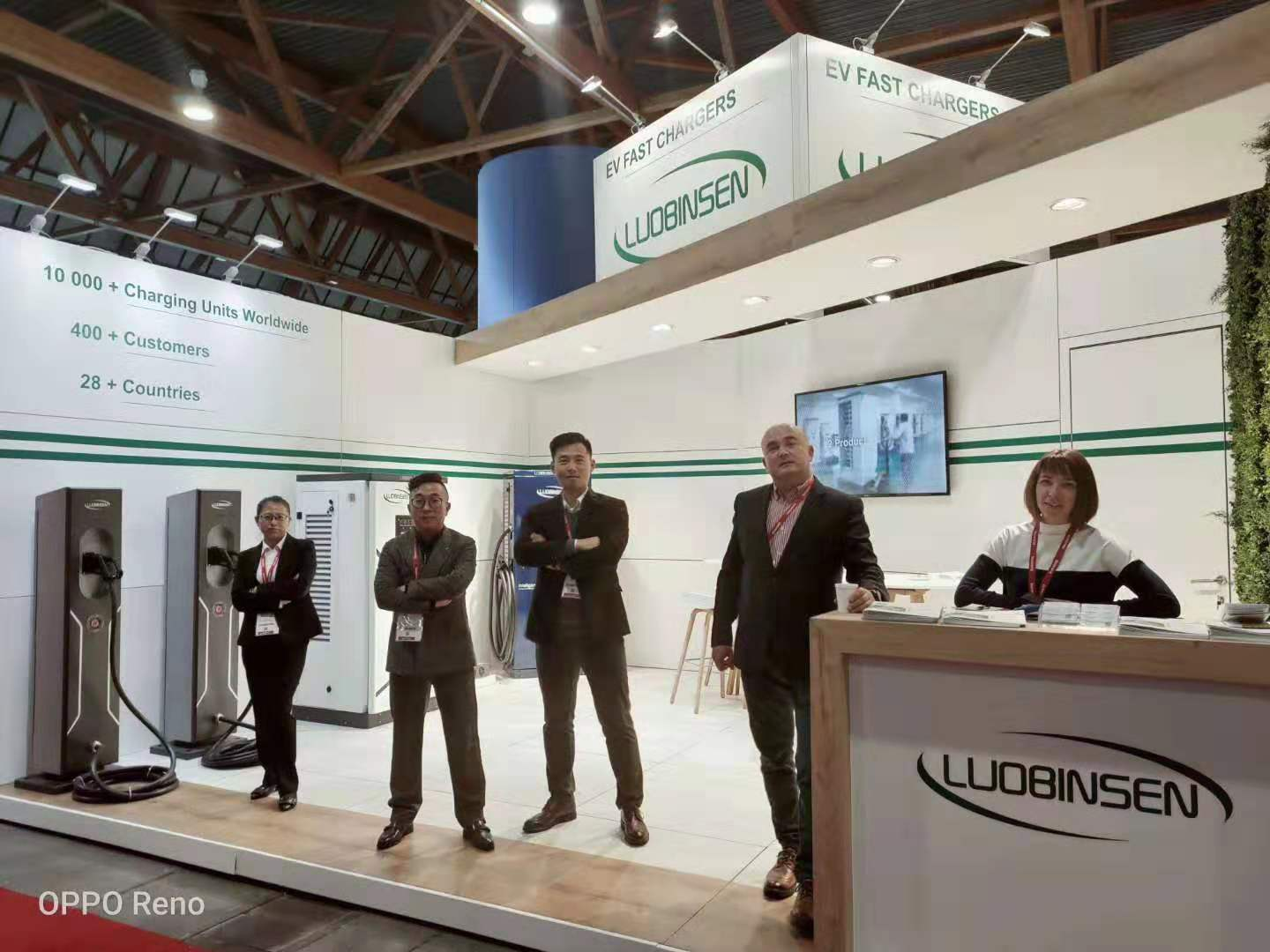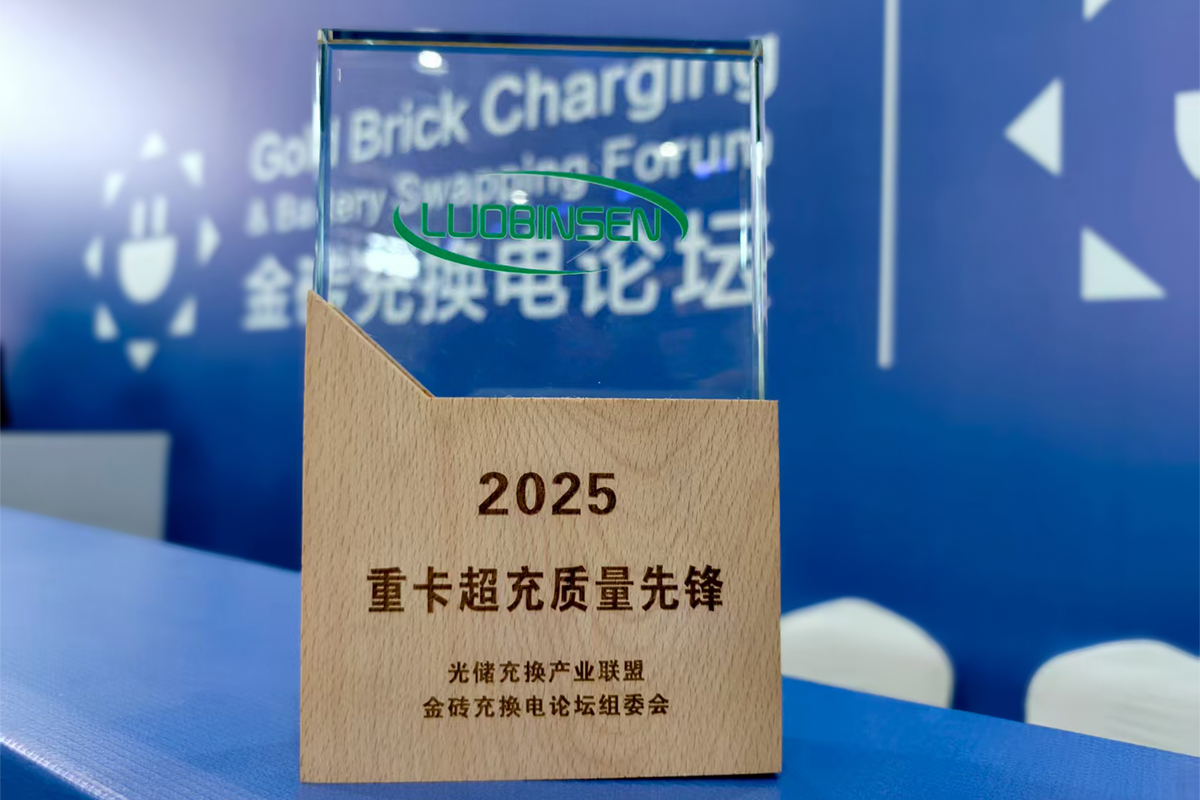In today’s fast-growing electric mobility market, the demand for reliable and energy-efficient charging infrastructure continues to rise. As more electric vehicles enter daily use, charging stations must operate safely and effectively under continuous load. At Luobinsen, we dedicate our engineering expertise to developing innovative technologies that optimize charging performance. One of our most valuable advancements is the use of passive cooling in our all-in-one charging station, an approach that ensures stable operation, energy efficiency, and long-term durability for modern electric vehicle networks.

The Science Behind Passive Cooling
Passive cooling is a thermal management technique that relies on natural airflow, heat conduction, and efficient material design rather than mechanical fans or pumps. In our electric vehicle charging equipment, this means that heat generated during high-power operation can dissipate naturally through specially designed internal channels and heat-dissipating materials. By eliminating the heavy dependence on active cooling components, passive cooling reduces energy use, noise, and mechanical wear. In our 200kW all-in-one charging station, this technology ensures continuous, high-power delivery across a DC voltage range of 200V to 1000V, supporting global standards such as GB/T, CCS1, CCS2, and CHAdeMO.
Engineering Excellence Through Structural Design
At Luobinsen, we believe that excellent product performance begins with intelligent design. Every layer of our all-in-one charging station is carefully structured to manage airflow efficiently and distribute heat evenly. The aluminum alloy housing is not only corrosion-resistant but also acts as a natural heat sink, promoting steady temperature balance even under prolonged operation. Our engineers optimized the arrangement of internal components to prevent local overheating, ensuring each module functions within its ideal temperature range. This design significantly extends equipment lifespan and enhances reliability for operators managing commercial fleets, public charging stations, or high-traffic energy hubs.
Energy Efficiency and Environmental Impact
Beyond functional improvements, passive cooling offers a direct contribution to environmental sustainability. Unlike active cooling systems that require additional power and periodic component replacement, passive cooling minimizes electricity consumption and maintenance costs. As a result, our electric vehicle charging equipment supports both cost-effectiveness and eco-friendly operation. The reduced energy use also aligns with the global shift toward cleaner energy systems. At Luobinsen, this balance of efficiency and sustainability reflects our core mission — to provide innovative solutions that empower businesses and communities to build a greener charging ecosystem.
Versatility and Application Benefits
The 200kW all-in-one charging station from Luobinsen is designed for flexibility across multiple applications. Whether used in fleet management centers, highway rest stops, or public charging facilities, it maintains dependable performance through its robust cooling design. Passive cooling ensures consistent operation in different climates, from hot summer conditions to low-temperature environments, making the system suitable for a wide range of regional needs. This adaptability helps our partners deploy charging networks with confidence, knowing their equipment can perform reliably under various external conditions.
Conclusion: Cooling Intelligence for Future Charging
Through advanced passive cooling innovation, Luobinsen continues to redefine the standards of modern electric vehicle charging equipment. Our all-in-one charging station represents the combination of safety, durability, and energy efficiency that today’s electric mobility demands. As global transportation shifts toward sustainable energy, we remain committed to creating smart charging solutions that support long-term growth, reduce operational costs, and protect the environment. With every technological improvement, Luobinsen strengthens its vision of enabling a more connected, efficient, and sustainable charging future.




